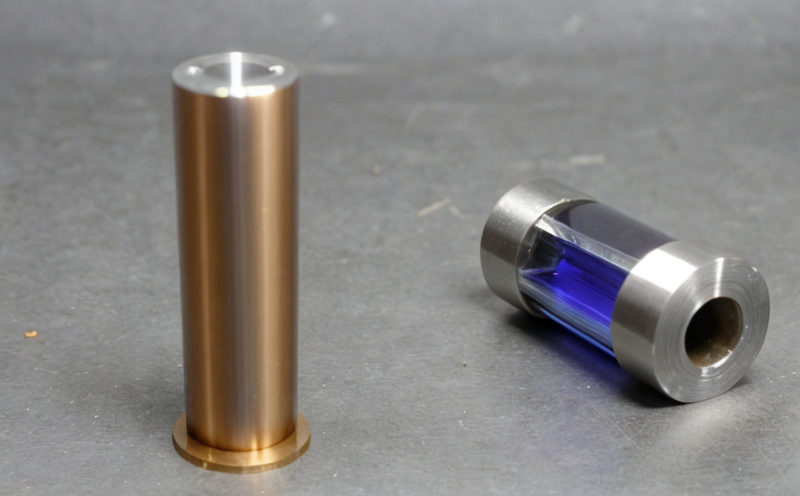CSA D3774 Dimensional change testing of textile fabrics
The CSA D3774 standard is a comprehensive guide designed to evaluate the dimensional stability and shrinkage properties of textile fabrics. This service is crucial for manufacturers, quality managers, R&D engineers, and compliance officers who need to ensure their products meet the specified performance criteria under various environmental conditions.
Dimensional change testing is particularly important in sectors such as clothing manufacturing, home textiles, and automotive interior design where fabric shrinkage can significantly impact product fit and durability. By understanding how fabrics behave under different temperatures and washing cycles, manufacturers can optimize their production processes to deliver high-quality products that meet consumer expectations.
The testing procedure outlined in CSA D3774 involves subjecting specimens of the textile fabric to controlled conditions of temperature and humidity for a specified duration. After this period, the dimensions are measured again, allowing for accurate determination of any changes experienced by the fabric during its exposure to these environmental factors.
This process ensures that fabrics retain their intended shape and size throughout their lifecycle, which is essential for maintaining product quality and customer satisfaction. The results from dimensional change testing can also inform decisions regarding material selection, design modifications, and manufacturing techniques aimed at enhancing fabric performance.
For weavers in particular, this service offers valuable insights into the behavior of different types of yarns and their combinations under varying conditions. It helps identify which fabrics are most suitable for specific applications based on their dimensional stability properties. Moreover, it supports R&D efforts by providing data that can be used to develop new materials or improve existing ones.
Compliance officers benefit from this service as well since meeting industry standards is often a legal requirement. By ensuring that products comply with established guidelines like those specified in CSA D3774, companies reduce the risk of non-conformance issues and associated costs related to recalls or lawsuits.
The acceptance criteria defined within the standard serve as benchmarks against which results must be compared. These criteria help establish whether a given batch of fabric meets the necessary requirements for use in targeted applications. Adherence to these standards not only enhances product reliability but also builds consumer trust through consistent quality assurance practices.
Applied Standards
The CSA D3774 standard is aligned with several international norms such as ISO, ASTM, and EN. Specifically, it follows the guidelines set forth by:
- ISO 13938-2:2018 – Determination of shrinkage in textiles and textile fabrics (part 2)
- ASTM E1476-99(2015) Standard Practice for Dimensional Stability of Textile Fabrics
Industry Applications
| Industry Sector | Description |
|---|---|
| Clothing Manufacturing | Evaluating how clothing materials hold up after multiple washes to ensure consistent fit and quality. |
| Home Textiles | Determining the longevity of bedding, curtains, and upholstery fabrics under domestic conditions. |
| Automotive Interior Design | Assessing fabric durability in car interiors exposed to extreme temperatures and frequent cleaning. |
International Acceptance and Recognition
The CSA D3774 standard has gained widespread acceptance across North America and is recognized globally for its stringent requirements. Many international standards bodies have adopted similar methodologies, which ensures compatibility between different jurisdictions.
This recognition enhances the interoperability of results obtained from dimensional change testing conducted by laboratories adhering to this standard. It also facilitates smoother trade processes as there are fewer barriers due to differing quality expectations among countries.





